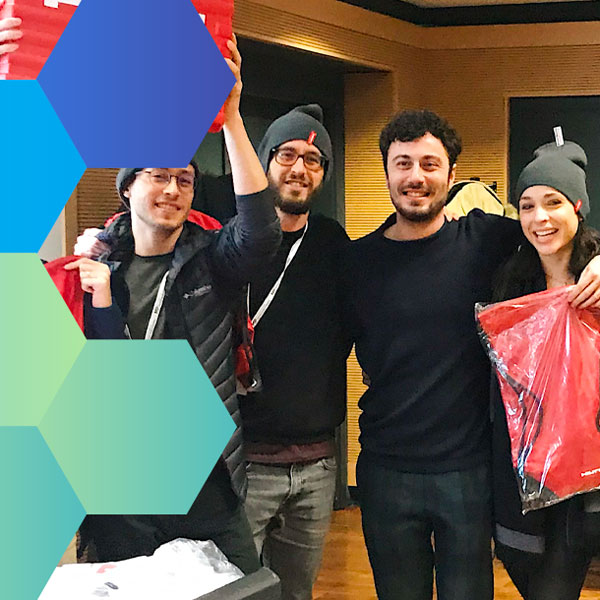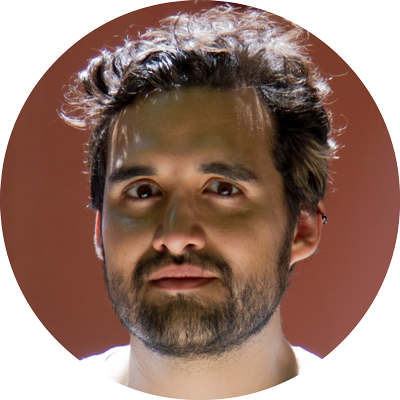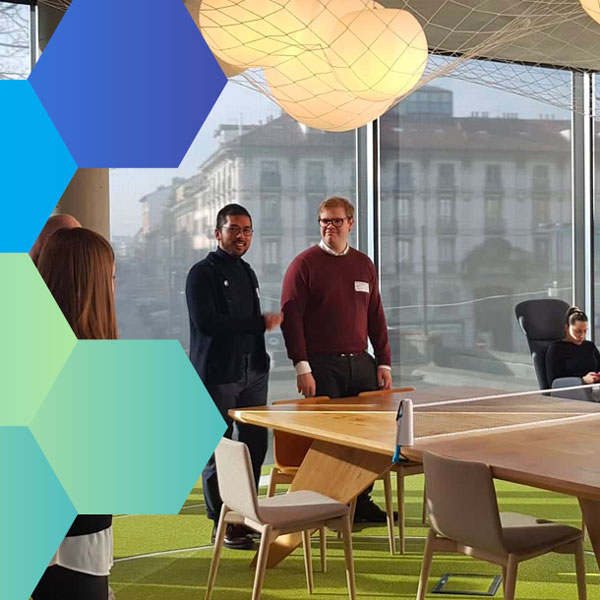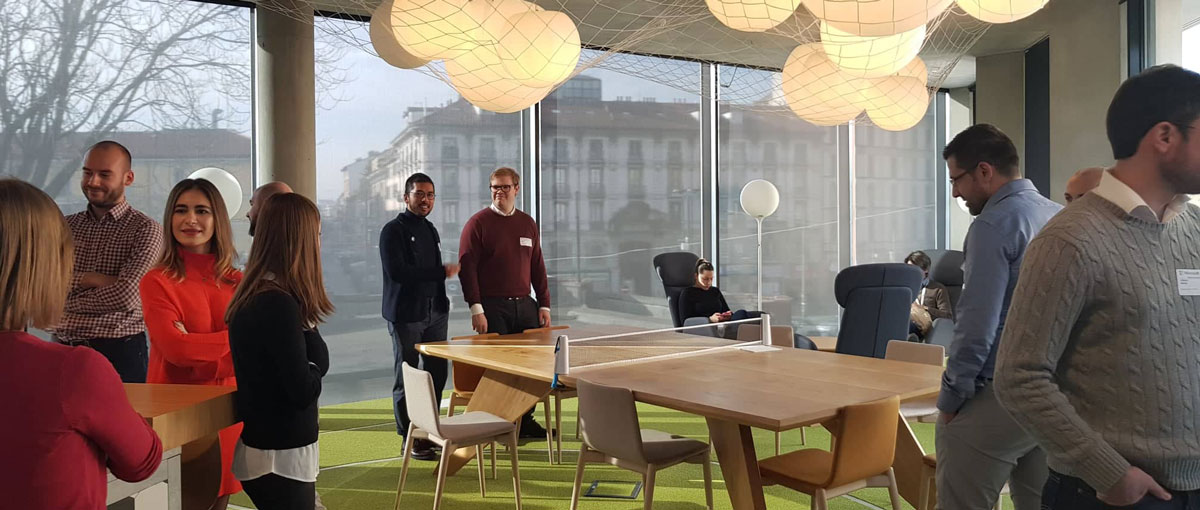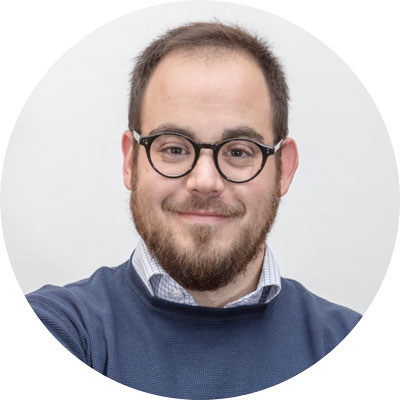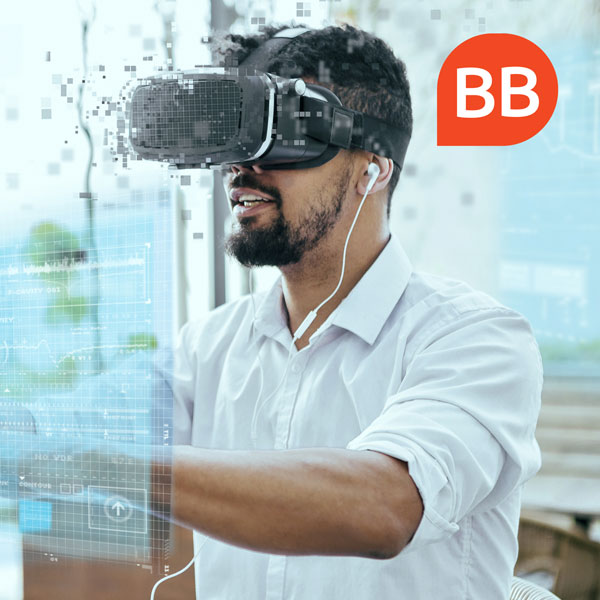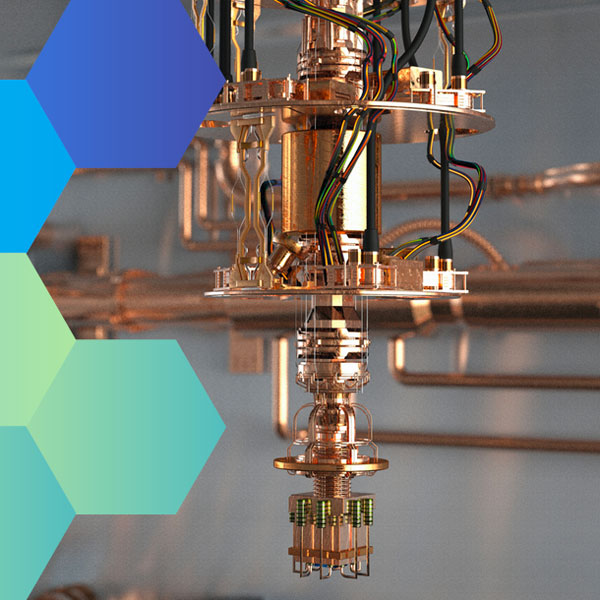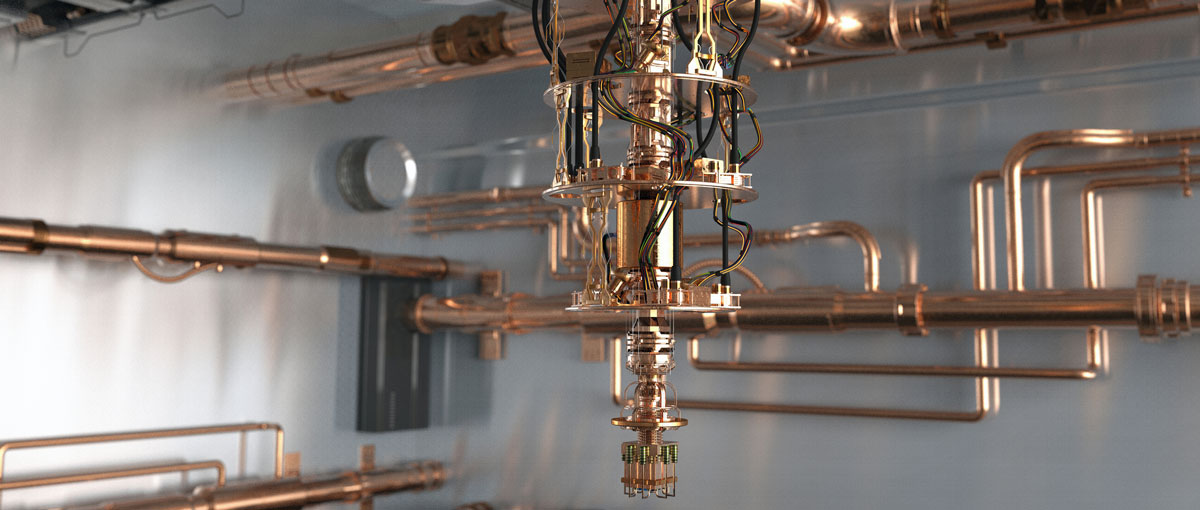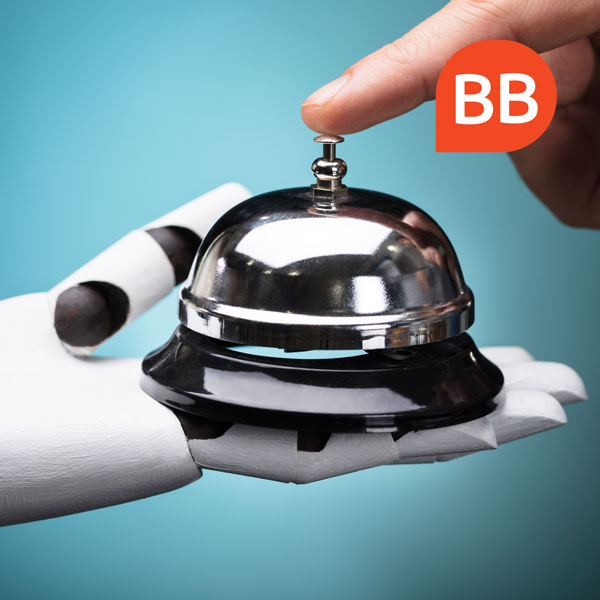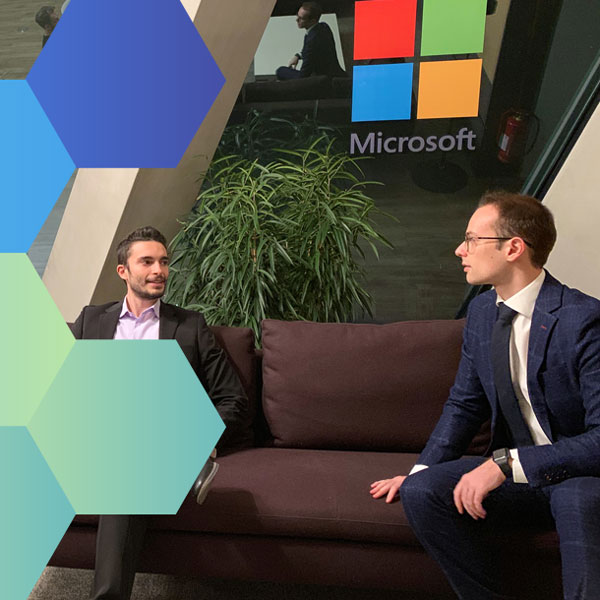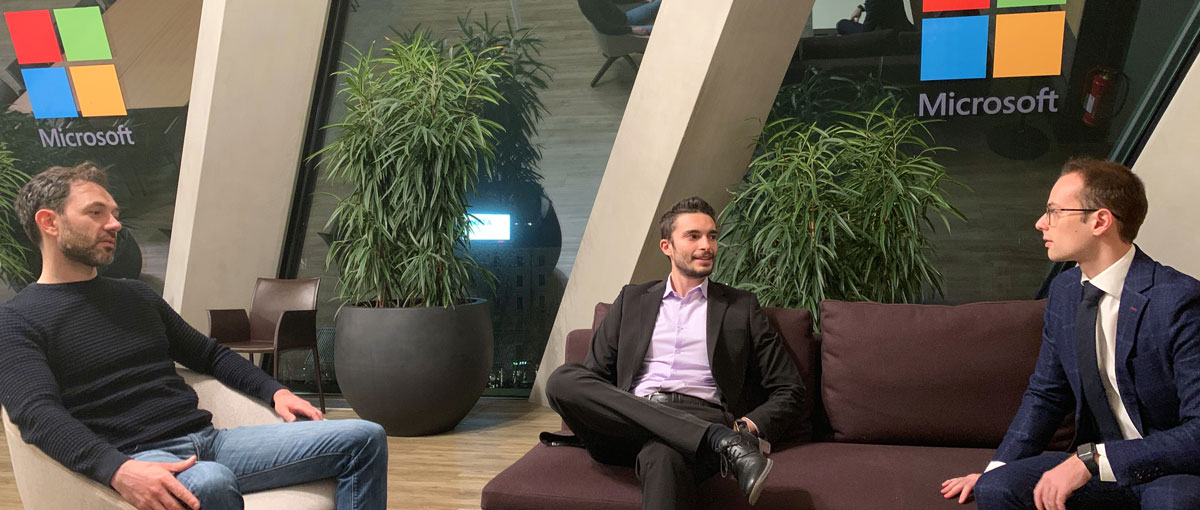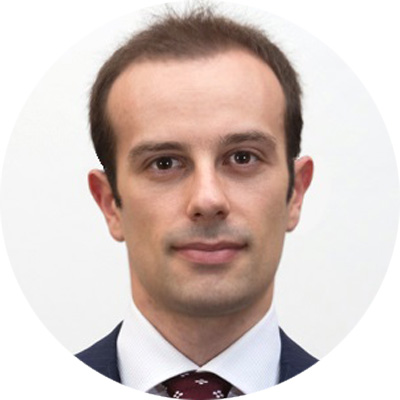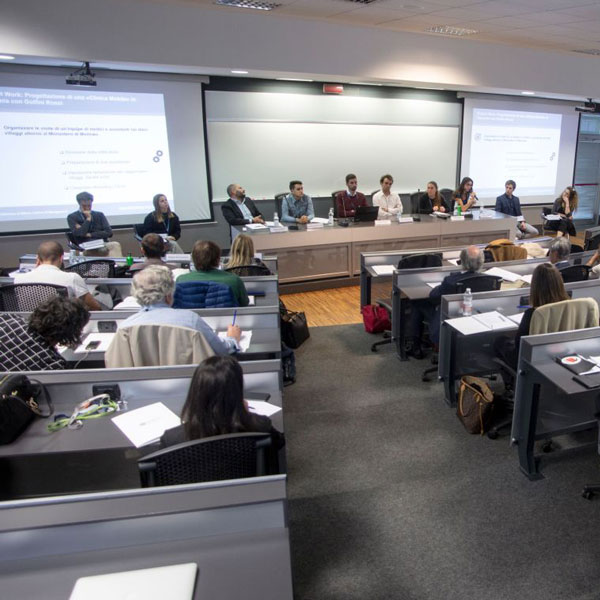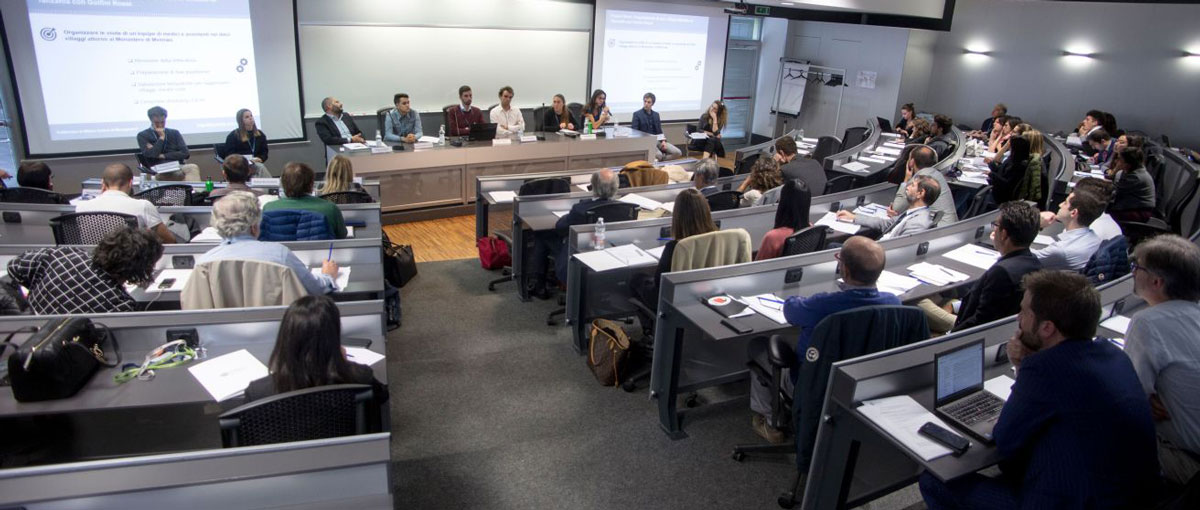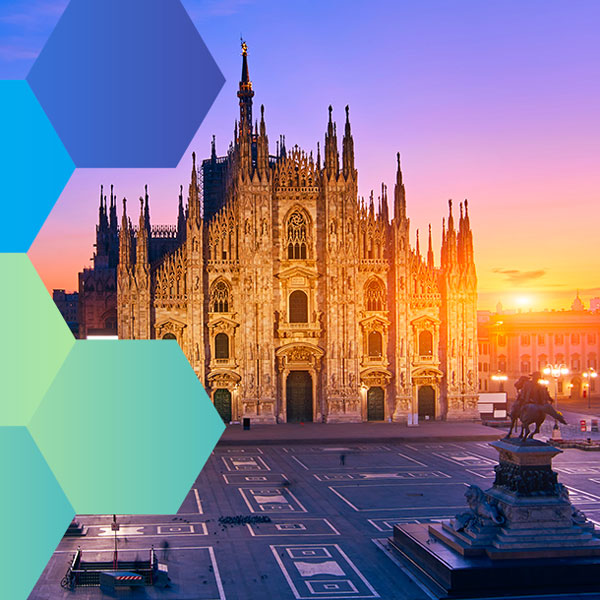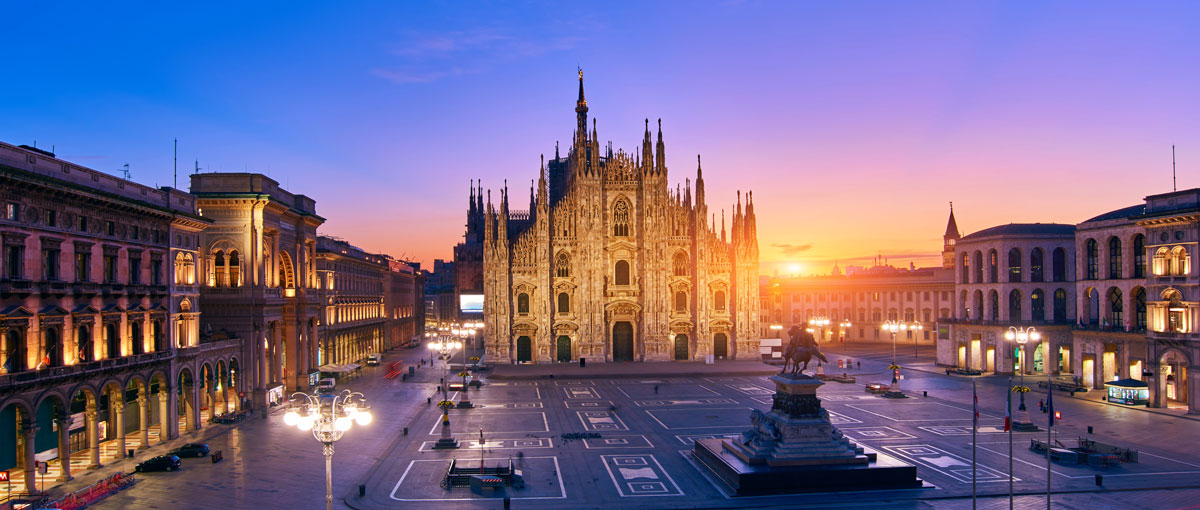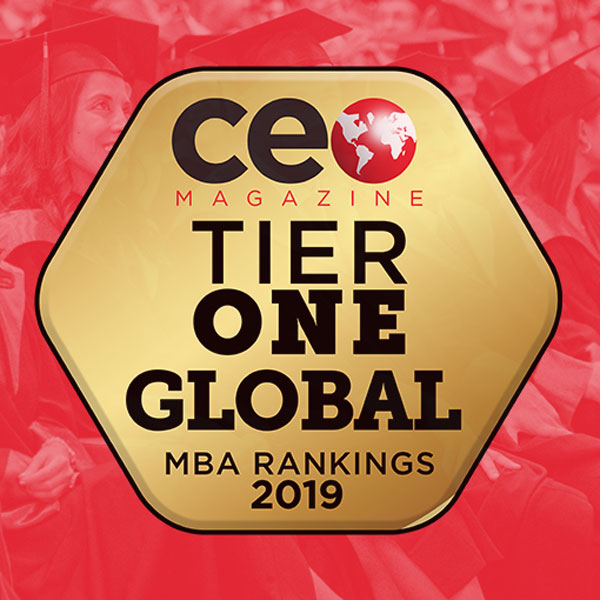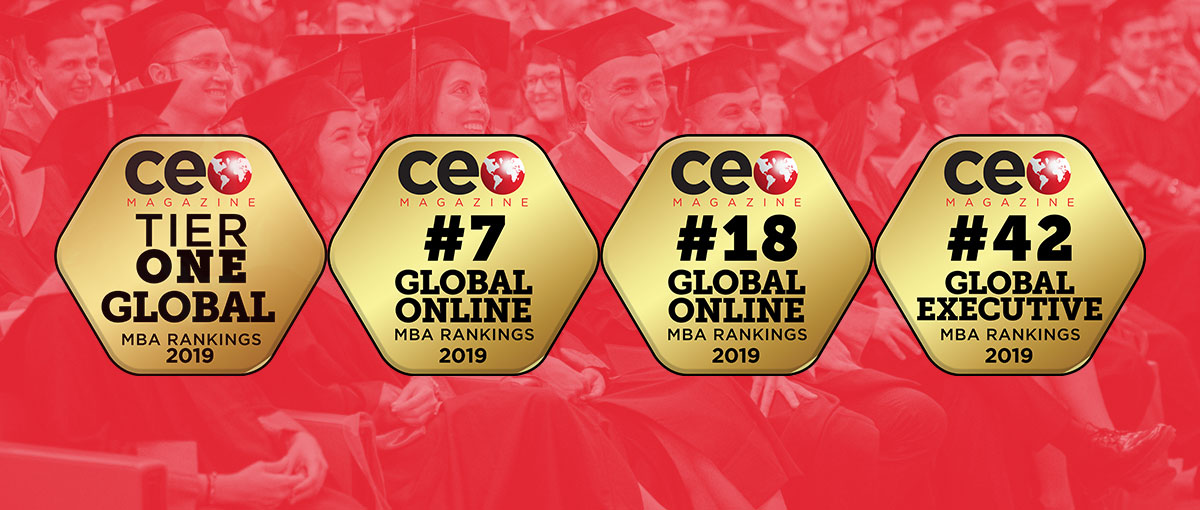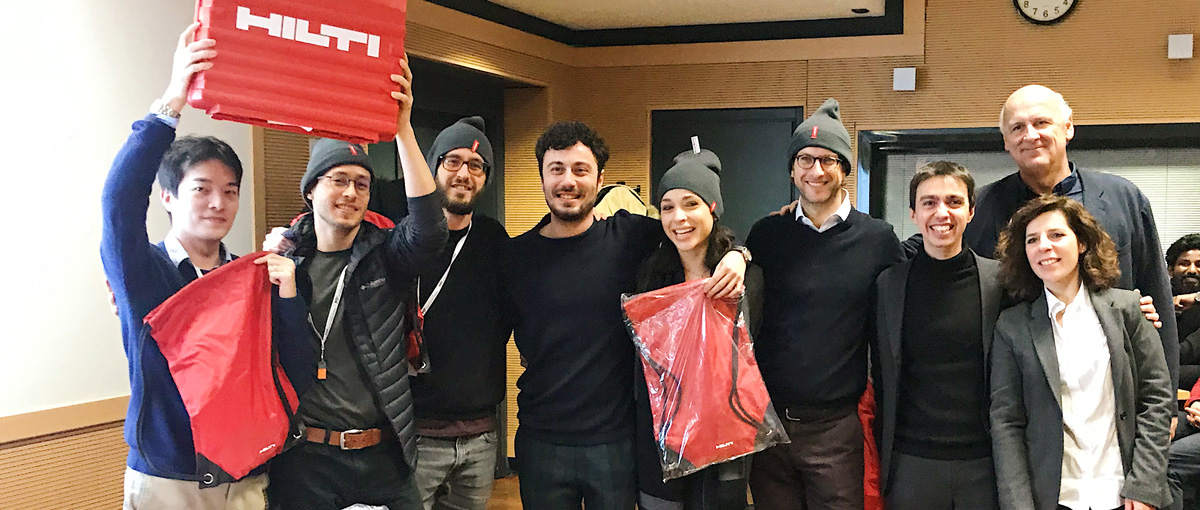
The bootcamps are the most intense of the MBA program’s activities. These workshops usually last for a week and contain different lectures given by MIP and visiting professors, company visits and a group assignment. Professor Alberto Cellini, director of the Master in Marketing Management at MIP, has prepared a very exciting agenda for the 2019 version of the Sales Strategy Bootcamp.
We had some inspiring presentations from different companies that set out their sales activities in the Italian market. The team from Lyreco and the Ariston Thermo group presented their KAM activities and CRM application respectively. But the biggest surprise came from the Bayerland representative, who presented the selling strategies of this company that markets German mozzarella in Italy!
The highlight of the week, however, was the business case brought by the Hilti team. It was a contest where 6 different teams had to investigate, through a simulation, how the company approaches its customers and analyzes them. The winning team would be the one who maximized the share of wallet, by increasing the engagement of an existing customer and producing the highest sales figures.
On this occasion, my colleague Clara Diniz Piani, an engineer from Brazil, shared with me her point of view relating to this experience and the story of her success when she approached Hilti for a professional opportunity after finishing the MBA program:
“This simulation was the perfect illustration for grasping the methodology of what Hilti does in terms of sales. It is important to try opening your mind and to think outside of the box when thinking about sales. Understanding the customer’s needs and anticipating solutions is key for building long-lasting business relationships. In the case of b2b sales, it is relevant to analyze the different benefits for each department, so as to better understand what would be a successful action plan for both parties involved.
I met Hilti at their first presentation when they visited our MBA class a couple of months ago. I was impressed by their energy, the work culture and the way they invest in their team like a company. It really inspired me to apply to work with them.
The bootcamp was my second contact and I decided to apply to all the positions they had available through their partnership with MIP. They are a very international company. During the first interviews we had some very honest and transparent conversations. They gave me a lot of feedback and also asked for my opinion throughout the whole process. In the end, they offered me a business development position to attract new clients and build a relationship with them. It’s a new role in Italy but it already exists in some of their international markets. I’m very excited about this new beginning and I think the lessons learnt during the Sales Strategy bootcamp will come in very handy in my new position.”
Stay tuned for my next chapter, when I will give you a list of movies that encompass the spirit of the International MBA program at MIP.
About the author
|
|
Roberto Niño Betancourt
Roberto is a student of the International full time MBA. He is a Colombian filmmaker and new media artist based in Milan. |
